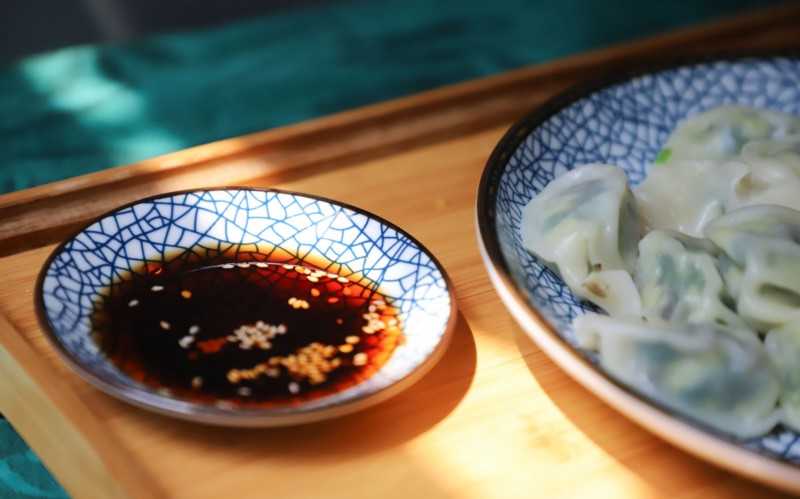Soy sauces from around Asia
In an Asian kitchen, you can always expect to find a bottle or two on the shelves. However, while they’re all referred to generally as “soy sauce” in English, there are plenty of variations in flavor and consistency, and using the wrong one might bring out a less than satisfactory flavor in a dish.
Across Asia, there is a condiment brown in color, salty in flavor, and varied in its many forms throughout the different regions. Are they all distinct from one another, or are they simply the same sauce, but with different names? This article attempts to compare them all:
Chinese origin
Soy sauce, or jiang you, has its roots in ancient China, whereupon using salt to preserve meat and fish created a liquid byproduct that was then used as liquid seasoning in other foods. From there, a cheaper and vegetarian alternative arose through cooking fermented grains such as soy and wheat together with brine. This sauce was spread onto neighboring countries Korea, Japan, as well as South-east Asia.
Hong Kong’s Si Yau
Many varieties of jiang-you exists, differing in ingredient, sodium content, sweetness versus saltiness, as well as color. In Hong Kong, the general term for soy sauce is “鼓油”, pronounced as “si yau” in Cantonese.
Si yau comes in two varieties, the first, lighter one known as sang-chow is used mostly for frying vegetables, as a dipping sauce, and flavoring soups. The other version is known as lou-chow, usually used in the cooking of meat, such as braising, red cooking, or stir frying.
Furthermore, manufacturers also produce flavored soy sauce for specific types of dishes, with a popular one being soy sauce specifically for steamed fish, among others types specific to dumplings and clay pot rice.
Singapore’s Jiang-qing
In Singapore, there are two common types of soy sauce. The first one is called “酱青”, meaning “light soy sauce”, and is pretty much identical to the Chinese jiang you and Hong Kong sang chow.
The other variety is called “黑酱油”, dark soy sauce, and is comparable but not the same as the lou chow in Hong Kong. Dark soy sauce in Singapore is sweeter, most often served with a plate of Hainanese chicken rice, which is why soy sauce manufacturers tend to make the distinction by labelling this variety as “Chicken Rice Dark Soy Sauce”. Dark soy sauce is used in almost every kind of popular Singapore hawker center dish, from fried carrot cake to fried Hokkien noodles, bak kut teh and char kway teow.
Japanese Shoyu
The recipe for soy sauce spread from China over to Japan, which is why their kanji characters for their shoyu sauce is the same as the Chinese “酱油”. Shoyu most often accompanies sushi and sashimi slices, along with a little bit of wasabi for the spicy flavor. Shoyu is also used as a soup base for types of ramen.
Another well-known type of Japanese sauce is tamari. It is of the thicker and made with more soybean, less water, and without wheat; however, unlike the Chinese soy sauces covered in previous paragraphs, the tamari is a liquid byproduct from the process of making miso paste — a thick, yellow-brown paste condiment also derived from soy beans. A kind of soy sauce, yet not quite the same; tamari is perhaps well known
Want to learn more about identical or greatly similar food dishes, but with vastly different names around the globe? Check out this article about pancakes, and click this link to access our course list of different world languages!

